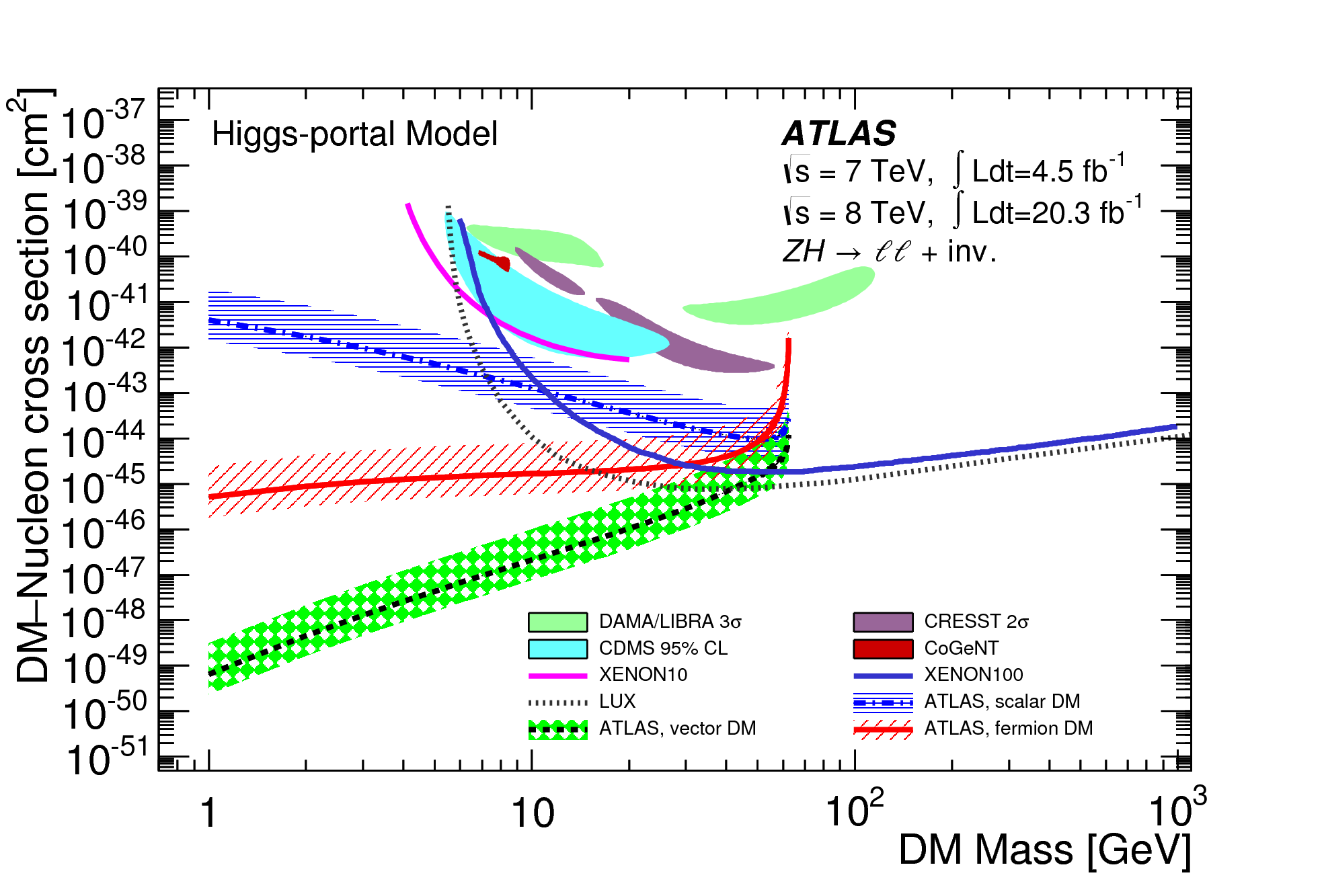Probe the nature of Higgs boson
Introduction
On 4 July 2012, the discovery of a new particle with a mass between 125 and 127 GeV at CERN was announced. Since then, the particle has been shown to behave in many of the ways predicted for the Higgs particle by the Standard Model, a theory that has been established since the 1970s. This new particle has been found to have even parity and zero spin, two fundamental attributes of a Higgs boson. This also means it is the first elementary scalar particle discovered in nature. On 8 October 2013 the Nobel prize in physics was awarded jointly to François Englert and Peter Higgs “for the theoretical discovery of a mechanism that contributes to our understanding of the origin of mass of subatomic particles, and which recently was confirmed through the discovery of the predicted fundamental particle, by the ATLAS and CMS experiments at CERN’s Large Hadron Collider”.
The nature and properties of this field are now being investigated further, using more data collected at the LHC. Though in-depth research shows the particle continuing to behave in line with predictions for the SM Higgs boson, more studies are needed to verify with higher precision that the discovered particle has all of the properties predicted, or whether, as described by some theories, multiple Higgs bosons are responsible for the Electroweak Symmetry Breaking.
On the one hand, unravelling the mysteries of the Higgs boson will not only just help us understand why the Universe is as it is now. It’s like taking a time machine back to when the cosmos was in its infancy – just after the Big Bang created everything. This can give us a glimpse of when the Higgs field first appeared, and helped to shape the Universe we know today. It could even decide the fate of the Universe.
On the other hand, the SM is not complete in itself as it fails to explain many theoretical problems or expiermental phenomena in nature, such as the strong CP problem, neutrino oscillations, matter–antimatter asymmetry, and the nature of dark matter and dark energy, etc. Many extensions of the SM at higher energies call for an enlargement of the EWSB sector. Hence, direct searches for additional scalar states can provide valuable insights on the dynamics of the EWSB mechanism. The Higgs boson also offers an excellent tool to probe new physics beyond the SM.

Overview
Dr. Xu is particularly interested in precision measurements of the Higgs boson properties and couplings, to probe the nature of the EWSB, and in searches for new physics beyond the SM using the Higgs portal. He has been studying the nature of the Higgs boson since LHC Run-I, using the ZZ diboson channel with ZZ->4l and ZZ->2l2v final states. He made major contribution to determine the spin and parity of the Higgs boson in H->4l since its discovery, a crucial experimental measurement to confirm the new particle is consistent with the SM Higgs boson. He also made leading contribution to measure of the off-shell Higgs coupling and the total width of the Higgs boson. Dr. Xu made major contribution to the first search for Higgs-portal dark matter via invisible decays of the Higgs boson.
Off-shell Higgs and total width measurements
It is known that the Higgs boson has a mass of 125 GeV. How wide is the Higgs boson? According to the SM prediction, at mH=125 GeV, it has a width of about 4MeV, more than 3 orders of magnitude smaller than its mass, or even compared to the measurement resolution of the ATLAS detector. It is therefore natural to assume a narrow width when measureing the properties of the Higgs boson using Higgs events around the on-shell mass peak. But in reality, the Higgs boson has a long shadow, leading to substantial event rate in the high-mass region involving two on-shell W or Z bosons. Another interesting feature is that, while the amount of Higgs-boson signal observed on the 125 GeV peak (“on-shell”) depends on the Higgs-boson width, the far off-shell signal is independent of it. A comparison between the on-shell and off-shell rates therefore allows, under specific model assumptions, to extract information on the Higgs-boson width. This novel technique enables us to measure the Higgs boson couplings in the high-energy scale, and to constrain its total width with much higher precision than that of direct Higgs with measurements.
Higgs boson off-shell coupling measurements and constraints on the Higgs total width in H->ZZ channel at 13 TeV, PLB 786 (2018) 223.
Higgs off-shell coupling measurements and constraints on the Higgs total width at 8 TeV, EPJC (2015) 75:335.
Higgs spin and CP measurements
Study of the spin and parity of the Higgs boson in diboson decays with the ATLAS detector, Eur. Phys. J. C75 (2015) 476
Probing new physics via the Higgs portal
Search for Invisible Decays of a Higgs Boson Produced in Association with a Z Boson in ATLAS, Phys. Rev. Lett. 112, 201802 (2014)


 English
English 登录
登录





